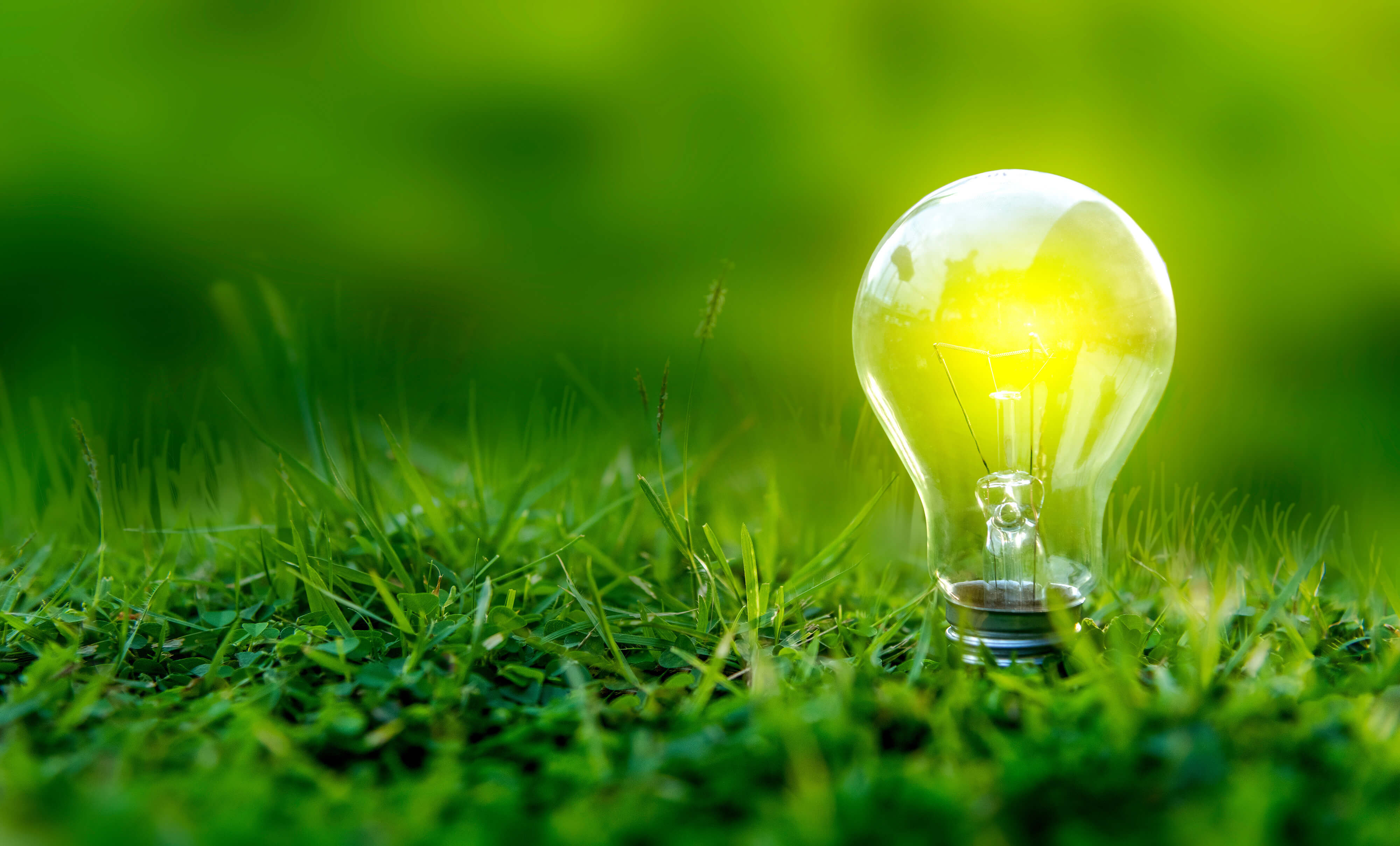
With energy costs continuing to rise, many Texas homeowners are looking for ways to reduce their heating bills without turning their homes into iceboxes. The good news? You don't need to sacrifice comfort to see significant savings on your winter energy bills.
These five proven strategies can help you reduce heating costs by 15-30% while maintaining a comfortable home environment throughout Texas's winter months.
Optimize Your Thermostat Settings
Your thermostat setting has the biggest impact on your heating costs. Small adjustments can lead to substantial savings:
For every degree you lower your thermostat, you can save 6-8% on your heating bill. Setting your thermostat to 68°F during the day and 65°F at night can reduce costs significantly.
Smart Scheduling: Use a programmable or smart thermostat to automatically lower temperatures when you're asleep or away from home. Program it to:
- 68°F when you're home and awake
- 65°F when you're sleeping
- 62°F when you're away for more than 4 hours
Avoid Temperature Yo-Yoing: Don't constantly adjust your thermostat up and down. Your system works most efficiently when maintaining consistent temperatures.
Seal Air Leaks and Improve Insulation
Air leaks are like leaving money fly out of your home. Even small gaps can significantly impact your heating costs:
Common Air Leak Locations:
- Around windows and doors
- Electrical outlets on exterior walls
- Baseboards and crown molding
- Around pipes and ductwork penetrations
- Attic access points
Proper air sealing and insulation can reduce your heating and cooling costs by 10-20% according to the Department of Energy.
DIY Solutions: Caulk around windows and doors, add weatherstripping, and use foam gaskets behind outlet covers. For larger gaps, use expanding foam sealant.
Professional Assessment: Consider a professional energy audit to identify hidden air leaks using thermal imaging and blower door tests.
Maintain Your HVAC System
A well-maintained HVAC system runs more efficiently, uses less energy, and provides better comfort:
Regular Filter Changes: Replace your HVAC filter every 1-3 months. A dirty filter forces your system to work harder, increasing energy consumption by up to 15%.
Professional Maintenance: Annual HVAC tune-ups ensure your system operates at peak efficiency. During maintenance, technicians:
- Clean and inspect system components
- Check refrigerant levels and pressure
- Test safety controls and electrical connections
- Calibrate thermostat settings
- Clean evaporator and condenser coils
Regular HVAC maintenance can improve system efficiency by 5-15%, extending equipment life and preventing costly repairs.
Ready to Schedule Your HVAC Tune-Up?
Our comprehensive maintenance service ensures your system runs efficiently all winter long, saving you money on every bill.
Schedule Maintenance: (817) 704-0706Use Natural Heat Sources
Take advantage of free heat sources to reduce the workload on your heating system:
Solar Heat Gain: Open curtains and blinds on south-facing windows during sunny days to let natural heat warm your home. Close them at night to provide insulation against cold windows.
Body Heat and Appliances: When cooking or baking, leave the oven door open after use (only if it's electric) to let residual heat warm your kitchen. Gathering family in one room can also create natural warmth.
Ceiling Fan Strategy: Reverse your ceiling fans to rotate clockwise at low speed. This pushes warm air down from the ceiling, making rooms feel warmer without raising the thermostat.
Consider Strategic Upgrades
Some investments provide immediate and long-term energy savings:
Smart Thermostat: Modern smart thermostats learn your schedule and preferences, automatically adjusting temperatures for optimal efficiency. Many models offer:
- Remote control via smartphone
- Energy usage reports
- Automatic scheduling
- Integration with utility demand response programs
ENERGY STAR certified smart thermostats can save up to 23% on heating and cooling costs according to EPA studies.
Window Treatments: Thermal curtains or cellular shades can reduce heat loss through windows by up to 25%. Look for treatments with high R-values for maximum insulation.
High-Efficiency Equipment: If your heating system is over 15 years old, upgrading to a high-efficiency heat pump or furnace can reduce energy usage by 20-40%. Look for ENERGY STAR certified equipment with high AFUE ratings.
Utility Rebates: Many Texas utilities offer rebates for energy-efficient equipment upgrades. Check with your local utility company for available incentives that can offset upgrade costs.
Additional Money-Saving Tips
Dress for the Weather: Wear layers indoors and use blankets while relaxing. This allows you to feel comfortable at lower thermostat settings.
Hot Water Heating: Lower your water heater temperature to 120°F and insulate the tank and pipes. Water heating accounts for about 18% of your energy bill.
Humidity Management: Proper humidity levels (30-40% in winter) make you feel warmer at lower temperatures. Consider a whole-house humidifier for both comfort and energy savings.
Zone Heating: Close vents and doors in unused rooms to concentrate heating in occupied areas. However, don't close more than 20% of your home's vents, as this can strain your HVAC system.
When to Call the Professionals
While many energy-saving strategies are DIY-friendly, some situations require professional attention:
- Uneven heating throughout your home
- Excessive energy bills despite conservation efforts
- Frequent system cycling on and off
- Age-related equipment inefficiency
- Ductwork problems or air leaks
Want a Professional Energy Assessment?
Our certified technicians can identify exactly where your home is losing energy and recommend the most cost-effective solutions for your specific situation.
Get Free Energy Consultation: (817) 704-0706Start Saving Today
You don't need to implement all these strategies at once. Start with the easiest and most cost-effective options—adjusting your thermostat settings, changing filters, and sealing obvious air leaks—then gradually add other improvements.
Even small changes can add up to significant savings over the course of a winter season. With energy costs continuing to rise, investing in efficiency improvements now will pay dividends for years to come.
Remember, the most expensive energy is the energy you waste. By following these five strategies, you can keep your family comfortable while keeping more money in your pocket this winter.